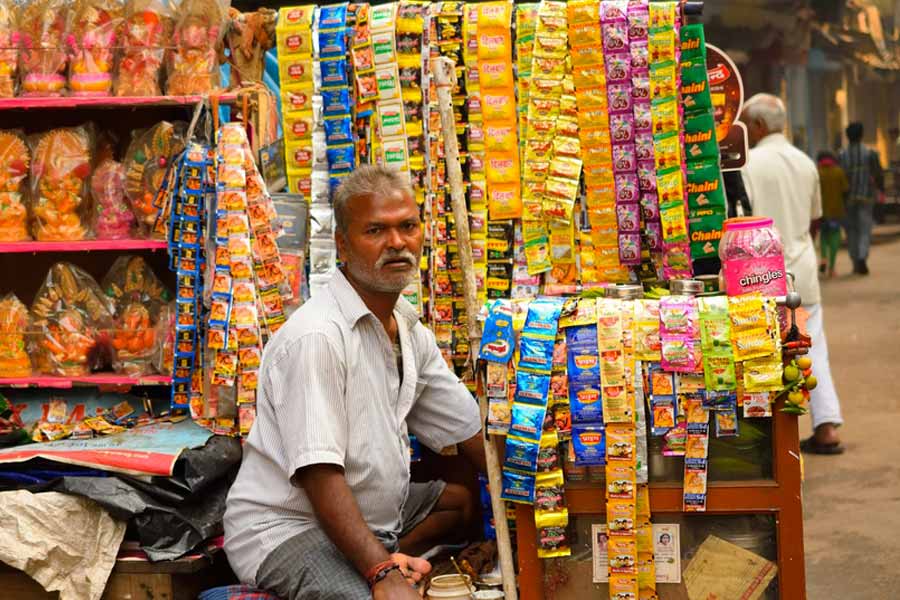 |
| A fishing boat on the Mahanadi. Telegraph pictures |
Sonepur, Dec. 16: Dynamite explosion in river Mahanadi by the fishermen has endangered several species of fish here.
Sonepur, which is known as the fishing hub of Western Orissa, faces the threat of losing some rare species of fish due to explosion in the river. Such illegal activities in the river have also affected fish production with no substantial growth recorded in the recent years.
Sonepur is home to some rare species of fish, but in the absence of a proper riverine fishery policy, some of the rare species of fish face extinction over a period of time in Sonepur. The fisheries department in the district has recorded extinction of at least seven varieties of fish due to lack of conservation measures. Species like muser, jalang, gajsi, khursa, chinajhuri, turu and balia are no more found in the river. Currently, there are only six varieties of fish which the fisheries department breeds in its own hatchery here.
Thousands of fishermen eke out their living from the Mahanadi which is a natural breeding ground. However, of late the fishermen have been resorting to explosion in the river which ensures them more catch in small time.
Purandar Rout, a fisherman said: “In the traditional netting method it is difficult to get a good catch. It is very time consuming and then also you are not sure that you will get enough fish. We know using explosive is not good. But to get a good catch we have to use it.” Use of explosive not only endangered some rare species but it also polluted the water due to the dead fish. Hundreds of boatmen who used to ferry people to the other side of the river have taken to fishing after they lost their job a few years back, when a bridge was constructed over Mahanadi.
Additional director of fisheries, Sangeeta Pattnaik admitted that the explosion in the river had left some rare varieties of fish on the verge of extinction. “We know that explosion is going in the river, but there is nothing we can do about it. We are not armed with anything to curb such activity in the river,” she said.
The official further said, “As some rare varieties are not available in the river now, we do not have their seeds for hatchery and further breeding. We are now trying to restore the remaining dwindling varieties in nursery tanks and hatchery centres”.
Official figures show that fish production in the district in 2005 was 4,159 metric tonnes and there has not been any substantial growth in the five years with only 5,000 metric tonnes in the current year.











